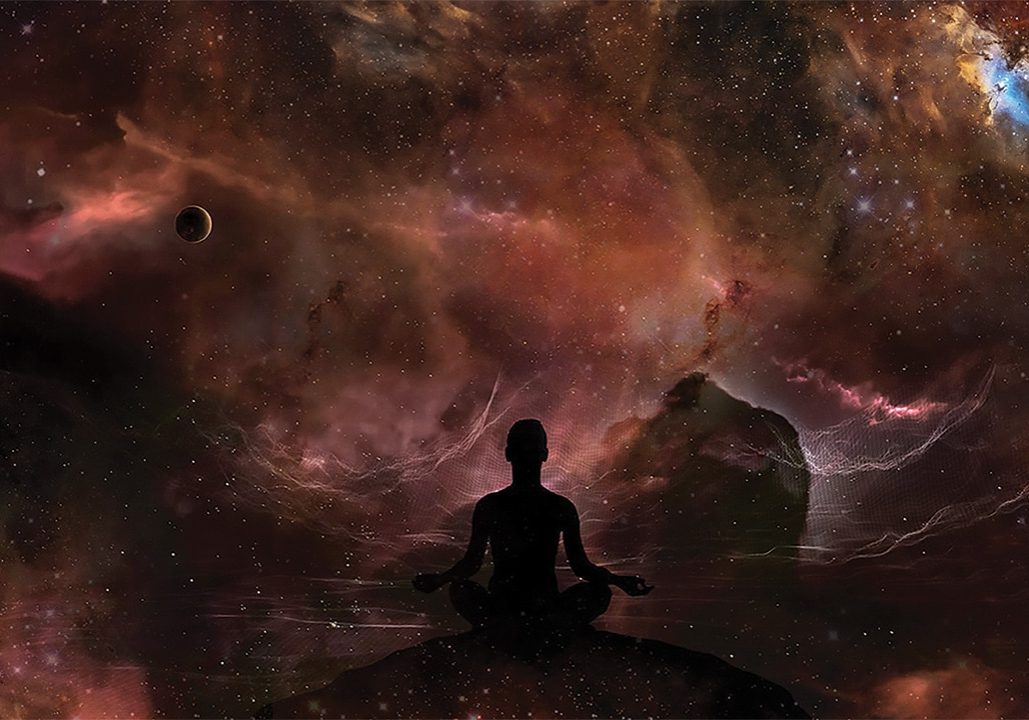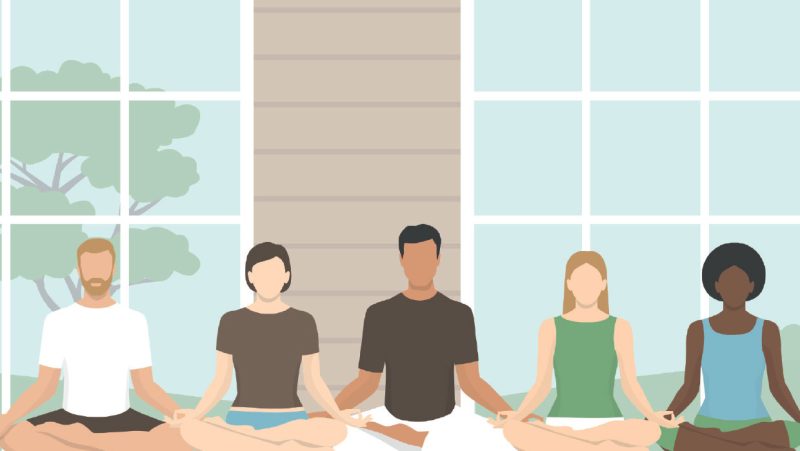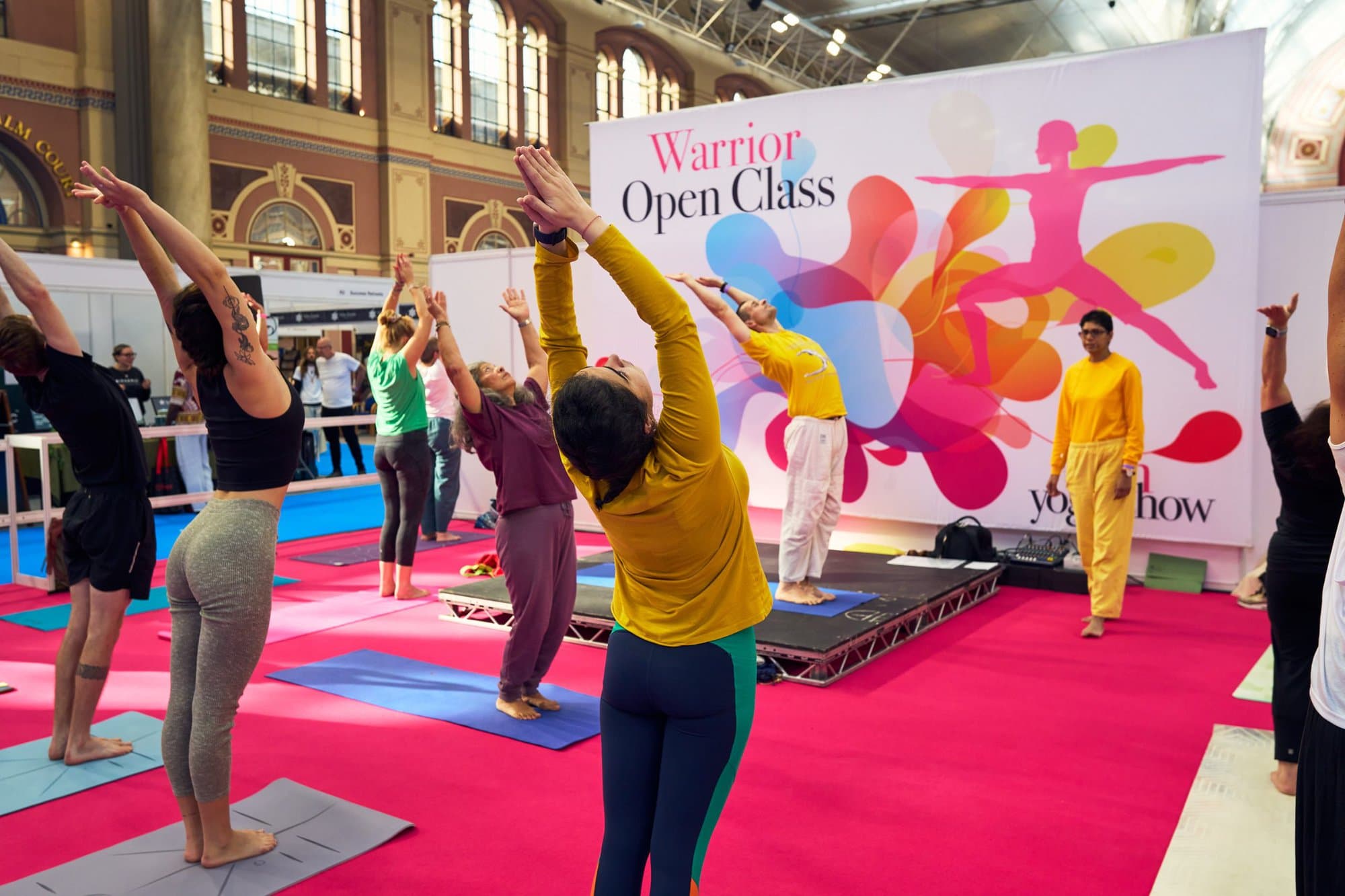
Yoga is Much More than Yoga Poses
Unlocking the True Essence of Yoga - By Anandmurti Gurumaa
Reading time: 3 minutes
A key aspect of the ancient Indian school of philosophy, the modern renaissance of yoga, is such that it has acquired a global status. People from all walks of life worldwide are trying to reap the benefits of practising asanas (yogic postures). But many mistakenly think that the word yoga is synonymous with asanas. Indeed, there is much more to yoga than just the practice of certain poses.
The word yoga means to unite, to join, to connect. It can be understood on many planes, one being the union between individual and cosmic consciousness. In the context of spiritual practice, yoga refers to the various paths that lead to the final goal of moksha, liberation. Thus, there is the path of devotion (Bhakti yoga), meditation (Raja yoga), selfless service (Karma yoga) and the path of knowledge (Gyana yoga).
The ‘yoga’ that has gained global popularity today is largely restricted to the practice of asanas and, to some extent, pranayama and, even less frequently, shatakarmas and bandhas. What is not widely known is that this is just one aspect of Raja yoga or Hatha yoga. Pioneered by sage Patanjali, Raja yoga is an eight-stepped ladder of systematic and methodical practices that culminate in samadhi, the goal of this path. Thus, yoga is incomplete until the practitioner experiences the state of samadhi.
Why is samadhi the goal? One may wonder. Well, this is because samadhi is the doorway to self-realisation. Why is this important, you may again question. - Because one cannot be free of suffering until one awakens to the higher reality of one’s existence. And who doesn’t want to be liberated from the bondage of suffering? Who doesn’t want to abide by lasting fulfilment? Isn’t everyone seeking joy, meaningfulness, and contentment? Yoga is the way to attain this.
Several paths lead to the final destination. You could take the route of devotion, karma, knowledge, or meditation, as per your inclination. In this article, I am focussing on the path of Raja yoga. It has eight limbs or steps, and crucially, the yoga practitioner needs to go step by step to progress satisfactorily. Thus, one needs to follow the first two limbs before successfully perfecting the practice of asanas (the third limb). And it is only when one has learnt how to sit still in a posture (through the practice of asanas) can one move on to the next rung, pranayama.
Thus, a yoga aspirant should start from step number one, the first rung on the eight-rung ladder called yama, the moral code of conduct. This includes the practice of nonviolence, truth, honesty, sensual moderation and non-covetousness. The second step is called niyama, self-discipline. This includes purity, austerity, self-study, contentment and devotion. Then comes the third limb, called asanas. It involves the practice of various poses that impart stability and strength to the body and mind.
Often asanas are seen only as a tool to treat bodily ailments. Yes, regular practice of asanas indeed helps keep the body healthy. But this is not the only benefit. By stabilising the body, the postures help in stabilising the mind too. By practising consistently with total focus, mental distractions reduce. Once asanas are practised well, one can move on to the next steps viz pranayama (breath-related practices), dharana (one-pointed focus), dhyana (meditation) and samadhi (total absorption of the mind), which is the culminating point, the goal, the final destination on the path of yoga. It is the gateway to moksha, liberation.
Thus, yoga is the path to reaching the highest goal of human life. As a byproduct, worldly life too becomes easy for a yoga practitioner. When the mind is equanimous, stable, calm and collected, a person can deal with life’s ups and downs without getting flustered, agitated, or depressed. One can handle relationships rationally and respond to situations wisely without knee-jerk reactions. Not only does life become easy for you, but your inner calm and peace also percolate your surroundings, benefitting your family, friends, society and, in effect, the world.
One should, however, not forget the prime goal of all yoga practices: awakening to the higher reality. It is the only way out of human suffering. Although yoga helps us on the worldly front, remember that using it only for material gains is like a washerman using a diamond to wash clothes!








